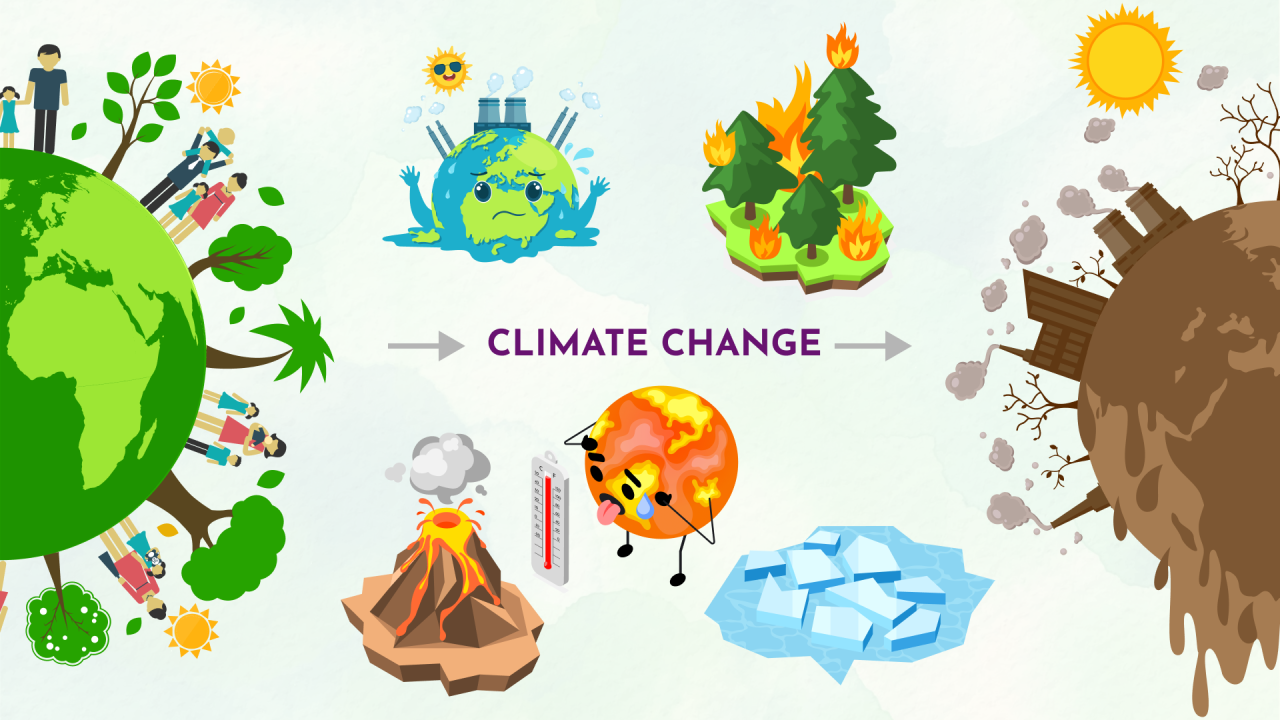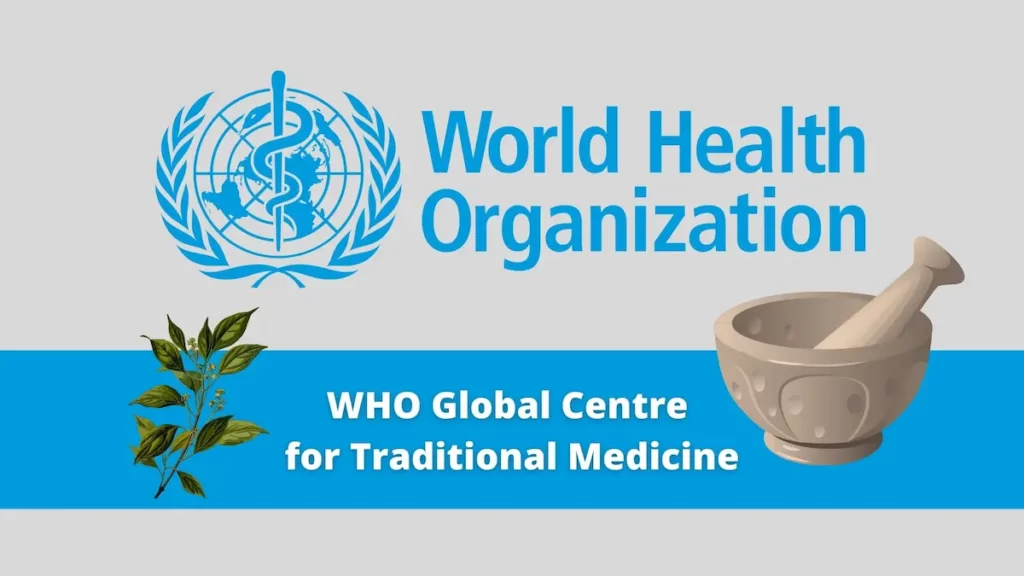Font size:
Print
Methane Emissions from Livestock
Context:
New Zealand‘s centre-right government announced the cancellation of the ‘burp tax,’ which aimed to levy taxes on greenhouse gas emissions generated by livestock.
Introduction of ‘Burp Tax’:
- Aimed to cut methane emissions from ruminant livestock (cows, sheep, goats, buffaloes).
- Methane emitted mainly through burping due to rumen fermentation.
- Significant environmental impact as methane contributes 30% to climate warming.
- New Zealand’s large livestock numbers (10 million cattle, 25 million sheep) make emissions substantial.
- Farmers protested nationwide, citing severe economic impact and concerns over the ‘burp tax’ and other emission regulations.
Digestive System of Ruminant Species:
- Ruminant Species Includes cows, sheep, goats, and buffaloes.
- Possess a unique digestive system enabling them to break down and digest food that non-ruminant species cannot.
- Stomachs have four compartments, one compartment, the rumen, stores partially digested food and facilitates fermentation.
- Partially digested and fermented food in the rumen is regurgitated.
- The animals chew this cud again to complete the digestive process.

|
FAO Report on Lowering Livestock Emissions
|
|
Key Points on Methane Emissions and the Global Methane Pledge:
|


